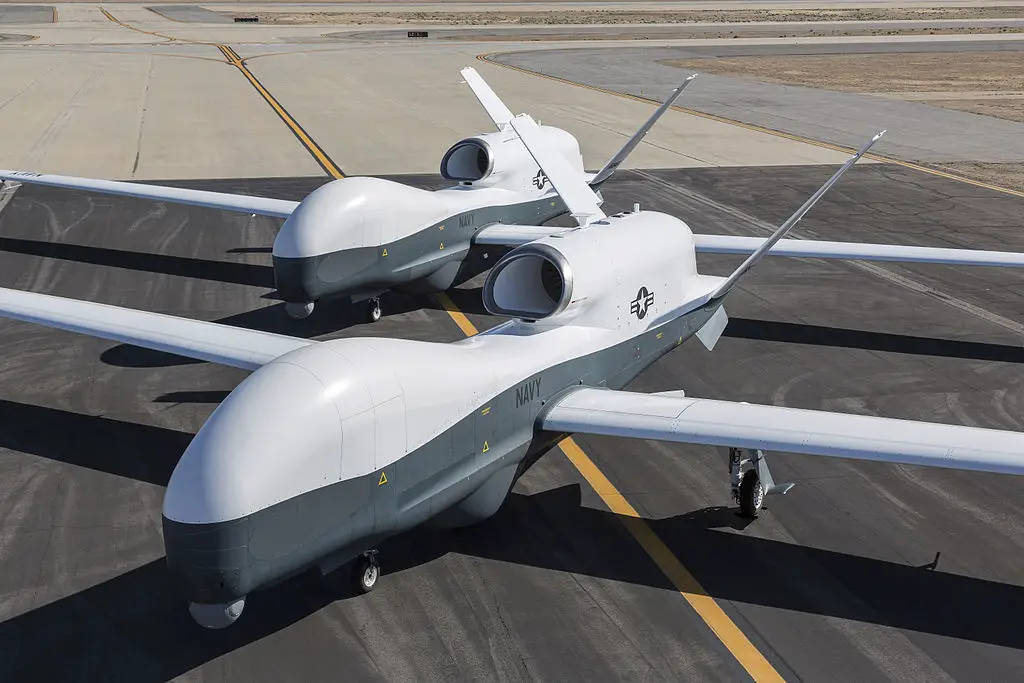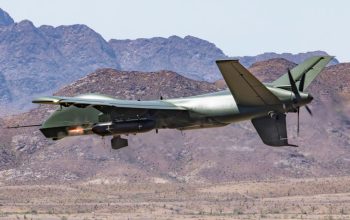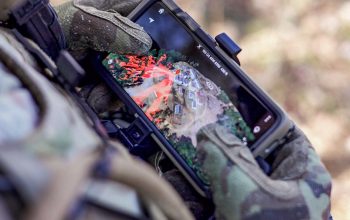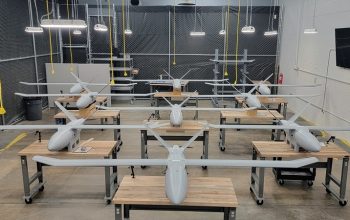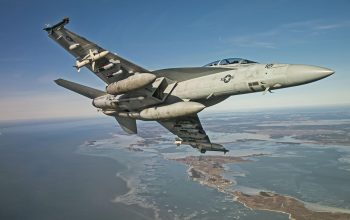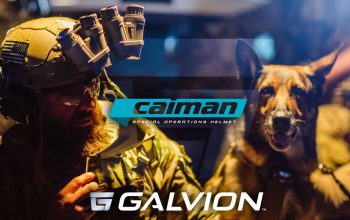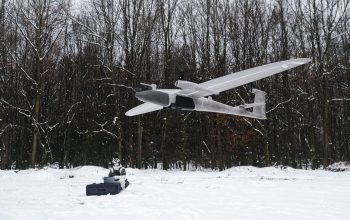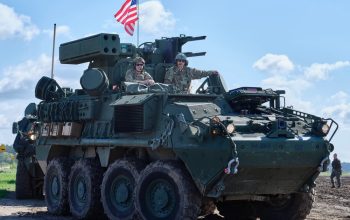The Northrop Grumman MQ-4C Triton is an American high-altitude long endurance unmanned aerial vehicle (UAV) under development for the United States Navy as a surveillance aircraft. In tandem with its associated ground control station, it is considered an unmanned aircraft system (UAS). Developed under the Broad Area Maritime Surveillance (BAMS) program, the system is intended to provide real-time intelligence, surveillance and reconnaissance missions (ISR) over vast ocean and coastal regions, continuous maritime surveillance, conduct search and rescue missions, and to complement the Boeing P-8 Poseidon maritime patrol aircraft. Triton builds on elements of the RQ-4 Global Hawk; changes include reinforcements to the air frame and wing, de-icing systems, and lightning protection systems. These capabilities allow the aircraft to descend through cloud layers to gain a closer view of ships and other targets at sea when needed. The current sensor suites allow ships to be tracked over time by gathering information on their speed, location, and classification.
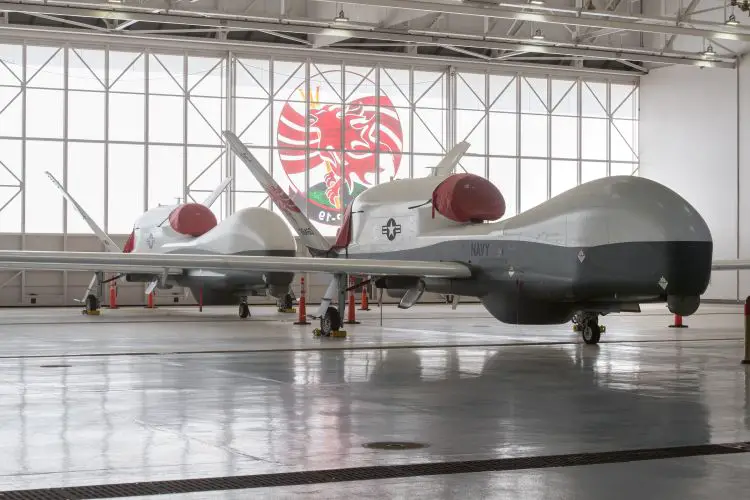
The MQ-4C can remain aloft more than 30 hours at 55,000 ft (17,000 m) at speeds of up to 330 knots (380 mph; 610 km/h). Its surveillance sensor is the AN/ZPY-3 Multi-Function Active Sensor (MFAS) X-band AESA radar with a 360-degree field-of-regard, capable of surveying 2,700,000 sq mi (7,000,000 km2) of sea (as well as shoreline or land) in a 24 hour period, or 2,000 sq mi (5,200 km2) in a single sweep. Using the radar in inverse synthetic aperture mode, the MFAS can identify a target in all weather conditions. It can take high definition radar pictures, then use the advanced image and radar return recognition software of the onboard Automatic Identification System (AIS) to classify it without the intervention of aircraft operators. The Triton is semi-autonomous to conserve manpower, so operators only need to choose an operating area for the aircraft, and set speed, altitude, and objective rather than operating controls. One thing the Triton was designed to do (that the Global Hawk cannot) is rapidly descend to lower altitudes. It is built with a more robust lower fuselage to withstand hail, bird, and lightning strikes. It is equipped with anti-icing systems on its wings. At low altitude, the Triton would use its Raytheon MTS-B multi-spectral EO/IR sensor (also used on the MQ-9 Reaper) which is equipped with additional laser designator, pointer, and range finding abilities capable of automatically tracking what the MFAS detects. The optical suite can stream live video to ground forces.
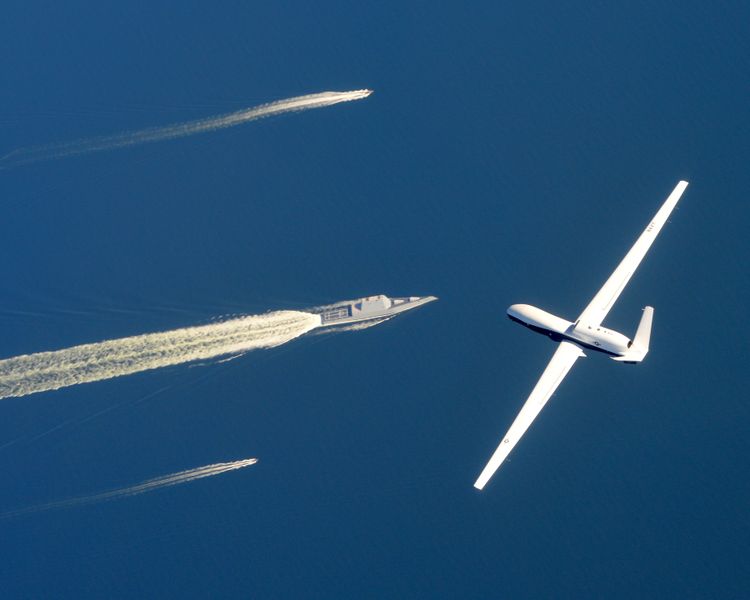
The Triton is equipped with a modular electronic support measures (ESM) suite, similar to the one used on the Lockheed EP-3, to passively detect and classify faint radar signals. It is able to triangulate and geo-locate these signals, allowing mission planners to create an enemy “electronic order of battle” profile, or keep the aircraft and others outside the range of enemy radars and air defenses. Detecting and locating the source of radar signals would also be useful for locating military vessels at sea for potential targeting. Low- and high-band signals receivers to give it a multi-INT (SIGINT) capability will be fielded in 2021 as part of an integrated functional capability (IFC) 4 configuration; further changes are planned for IFC 5 upgrade in 2024. Another aspect of the MQ-4C is its ability to act as a network relay and data fusion center, able to receive and transmit messages from around a theater of operations between various sources not within line-of-sight of each other. It can take what ships, planes, and land sensors are seeing and broadcasting through various data-links and fuse that information together to create a common “picture” of the battlespace, which it can rebroadcast. This capability greatly increases interoperability, situational awareness, targeting efficiency, and sensor picture clarity, while providing an alternative to satellite-based communications systems.
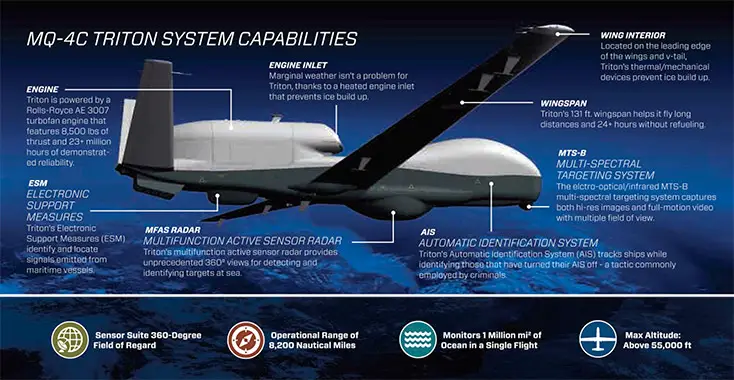
The U.S. Navy began considering in September 2014 cutting the number of Tritons it plans to buy. The intention has been to have twenty operational MQ-4C aircraft operational at any one time, with the rest of the sixty-eight-plane order force being spares. Due to the improved reliability of the aircraft, budget pressures may require the Navy to trim the numbers of aircraft it will order. In September 2015, the DoD Inspector General found the seventy-aircraft force requirement justified, based on available attrition rate estimates of four per 100,000 hours. The Navy intends to begin operation of one operating location every year starting in 2018 until there are five. Four Tritons will be operational at each base to maintain continuous flight, with the rest produced for testing, training, and loss replacement; the entire order is to be completed in 2032. Australia has considered the MQ-4, both as a military platform and as customs enforcement platform; senior customs officials have doubted the effectiveness of the planned seven MQ-4C to detect small boats in the country’s northern waters, especially through cloud cover. On 26 June 2018, Australian Prime Minister Malcolm Turnbull announced the purchase of the first of six MQ-4C Tritons with consideration being given to purchase a seventh. In January 2015, the German Luftwaffe and Bundeswehr began considering the Triton to fill their signals intelligence (SIGINT) needs as a continuation of the cancelled Global Hawk-based EuroHawk program. The German Defence Ministry confirmed in March 2017 that it had decided to buy the MQ-4C to replace the EuroHawk program, with deliveries occurring after 2025. Northrop Grumman has also proposed the MQ-4C to India; the Indian Navy have considered the UAV in a complementary role to the twelve Boeing P-8I Poseidons maritime patrol aircraft it has on order.


